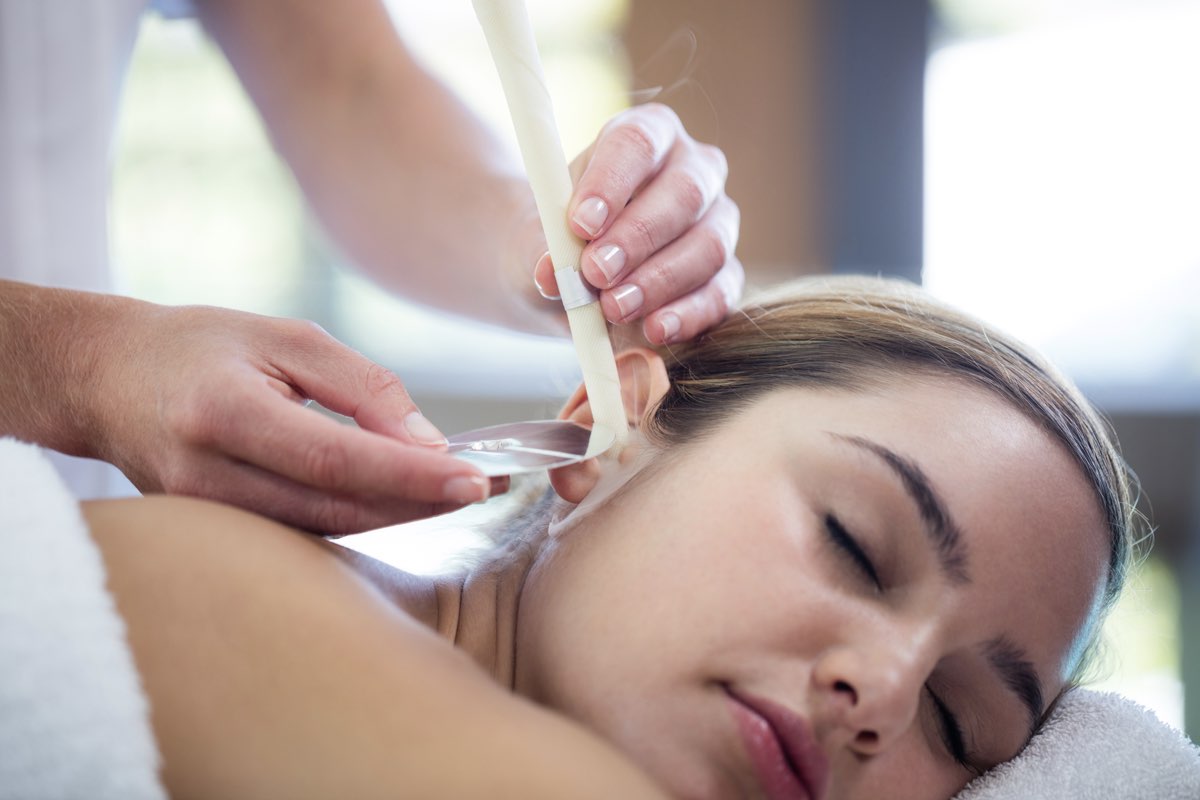

Articles
What Do Ear Candles Do
Modified: February 25, 2024
Discover the benefits of ear candles and how they can improve your overall well-being. Read our articles to learn more about this ancient practice.
(Many of the links in this article redirect to a specific reviewed product. Your purchase of these products through affiliate links helps to generate commission for Storables.com, at no extra cost. Learn more)
Introduction
Welcome to the world of ear candles! If you’ve ever wondered what these intriguing devices are all about, you’re in the right place. Ear candles have gained popularity over the years for their potential health benefits and holistic approach to ear care.
Ear candles, also known as ear cones or hopi candles, are hollow tubes typically made from beeswax or a combination of beeswax and herbs. They are designed to be placed in the ear and lit on the opposite end. The heat from the flame creates a gentle suction effect, which some believe helps to remove excess earwax, improve hearing, and even alleviate certain ear-related conditions.
In this article, we will dive into the history of ear candles, how they are used, the theory behind their effectiveness, potential benefits, safety concerns, and tips for using them safely. So, sit back, relax, and prepare to journey into the world of ear candles!
Key Takeaways:
- Ear candles have a rich history dating back to ancient civilizations, but their potential benefits should be approached with caution due to limited scientific evidence supporting their effectiveness and safety concerns.
- Prioritize safety when considering ear candles, as potential risks include fire hazards, burns, and ear canal obstruction. Consult healthcare professionals and explore evidence-based methods for ear care.
Read more: How Do Ear Candles Work
History of Ear Candles
The practice of using ear candles for therapeutic purposes dates back centuries and can be traced to various ancient civilizations. The exact origins of ear candling are uncertain, but it is believed to have been practiced by the Egyptians, Chinese, and Native Americans.
In ancient Egypt, the use of ear candles was part of a larger holistic approach to healing. Ear candling was seen as a way to cleanse the body’s energy channels and maintain overall well-being. Similarly, Traditional Chinese Medicine (TCM) incorporates ear candling as a method to balance the body’s energy, known as Qi.
Native American tribes also utilized ear candles as part of their healing rituals. They believed that excessive earwax and negative energy could be gently removed using the suction created by the lit ear candle.
Ear candles gained popularity in the Western world in the 1980s when they were introduced by a Utah-based company called Biosun. The company claimed that ear candles were an effective and natural way to remove earwax and promote ear health. Since then, the practice has spread and gained followers who believe in its benefits.
However, it is important to note that the history of ear candles is not without controversy. Some skeptics argue that there is a lack of scientific evidence supporting its effectiveness, while others express concerns about the safety of the practice.
Regardless of the debates surrounding ear candles, the allure of this ancient practice continues to captivate individuals seeking alternative methods of ear care and relaxation.
How Ear Candles Are Used
Using ear candles may seem like a straightforward process, but it is essential to understand the proper technique to ensure safety and maximize the potential benefits. Here’s a step-by-step guide on how to use ear candles:
- Prepare the environment: Find a quiet and comfortable space where you can lie down. Make sure you have a towel or cloth to protect your hair and face from any debris that may fall during the process.
- Position yourself: Lie on your side with the ear you want to treat facing upwards.
- Light the ear candle: Hold the non-burning end of the ear candle and gently insert the other end into your ear canal. It is crucial to keep a firm but gentle grip to prevent any accidental damage.
- Secure the ear candle: You can use a protective shield, such as a paper plate with a hole in the center, to stabilize the ear candle and catch any ash or debris that may fall.
- Burn the ear candle: Light the exposed end of the ear candle, allowing it to burn slowly. As the flame burns, it creates a vacuum-like effect, drawing out any excess earwax or impurities.
- Monitor the process: Remain still and relaxed during the entire session, which typically lasts around 10-15 minutes. It is advisable to have someone nearby to assist and ensure your safety.
- Extinguish the ear candle: Once the ear candle has burned down to a few inches from the ear canal, gently remove it from your ear and extinguish it in a container of water.
- Repeat the process: If desired, you can repeat the process on the other ear using a fresh ear candle.
It is recommended to consult with a healthcare professional or a certified ear candle practitioner before attempting to use ear candles on your own. They can provide personalized guidance and ensure that the technique is performed correctly.
Remember, safety is paramount when using ear candles, so always follow the instructions provided by the manufacturer and exercise caution throughout the process.
The Theory Behind Ear Candles
The theory behind ear candles is based on the principle of convection and the belief that the heat generated by the lit candle creates a gentle vacuum-like effect, drawing out impurities and excess earwax from the ear canal. However, it is important to note that the scientific evidence supporting this theory is limited.
Proponents of ear candling believe that as the candle burns, warm air rises through the hollow tube and into the ear canal. This warm air is believed to soften and melt the earwax, allowing it to be pulled towards the flame. The combination of heat and suction is thought to help remove accumulated wax, debris, and toxins, leading to improved ear health and well-being.
Another theory suggests that the burning process creates negative ions, which are believed to have cleansing and balancing effects. These negative ions, proponents claim, help to neutralize harmful bacteria, reduce inflammation, and enhance the body’s natural healing response.
However, it is important to approach these theories with caution and recognize that there is limited scientific research to support them. Some studies have shown that the residue found at the bottom of the burned candle is primarily composed of candle wax and not earwax or impurities from the ear canal. This raises questions about the actual effectiveness of ear candles in drawing out earwax.
Additionally, the American Academy of Audiology and the American Academy of Otolaryngology–Head and Neck Surgery have both issued statements expressing concerns about the safety and effectiveness of ear candling. They emphasize that there is no scientific evidence to support the claims made by ear candle manufacturers and warn that the practice may lead to injury or even hearing loss.
While the theory behind ear candles may hold appeal for some individuals, it is crucial to approach their use with skepticism and explore alternative, evidence-based methods for ear care and wax removal.
Be cautious when using ear candles as they can cause injury to the ear canal and eardrum. It’s best to consult with a healthcare professional for safe and effective ear care.
Potential Benefits of Ear Candles
While the scientific evidence supporting the effectiveness of ear candles is limited, some individuals claim to experience certain benefits. It is important to note that these perceived benefits are largely anecdotal and have not been substantiated by scientific research. Here are some potential benefits that proponents of ear candles suggest:
- Earwax removal: One of the primary reasons people turn to ear candles is for earwax removal. It is believed that the suction created by the burning candle draws out excess earwax, promoting cleaner and clearer ear canals. However, it is important to note that earwax removal using ear candles is largely controversial, and healthcare professionals often recommend safer and more effective methods such as ear irrigation or professional earwax removal.
- Relaxation and stress relief: Many individuals find the process of using ear candles to be soothing and relaxing. The calming ambiance, along with the gentle heat, can create a sense of relaxation and tranquility, helping to reduce stress and enhance well-being.
- Sinus relief: Some people claim that ear candles can provide relief from sinus congestion and pressure. They believe that the heat generated by the candle can help to open up the sinuses, allowing for improved airflow and easier breathing.
- Improved ear health: Proponents of ear candles suggest that regular use can improve overall ear health by removing excess wax and debris. They claim that this can potentially lead to improved hearing, reduced ear discomfort, and even enhanced cognitive function.
- Spiritual and energetic benefits: In some holistic practices, ear candles are believed to have spiritual and energetic benefits. They are thought to align and balance the body’s energy, promoting a sense of harmony and well-being.
It is important to approach these potential benefits with caution and skepticism. While some individuals may believe they have experienced positive effects from using ear candles, it is crucial to consult with healthcare professionals for evidence-based advice on ear health and safe wax removal methods.
Read also: 9 Superior Ear Candles for 2024
Safety Concerns and Risks
While some individuals may find the use of ear candles to be a relaxing experience, it is important to be aware of the potential safety concerns and risks associated with this practice. Here are some key points to consider:
- Fire hazard: Working with an open flame poses a fire risk. It is crucial to exercise extreme caution when lighting and handling ear candles. Always have a fire extinguisher or a container of water nearby and ensure that the burning candle is kept away from flammable objects.
- Ear and facial burns: Improper use of ear candles can result in burns to the ear canal, face, or hair. The lit end of the candle should never come into contact with the skin or hair. It is recommended to have someone assist you during the process to ensure proper positioning and safe handling.
- Injury from candle residue: The residue from ear candles can fall into the ear canal during the session. If not properly protected, this residue can cause injury or blockage. It is essential to use a protective shield, such as a paper plate with a hole in the center, to catch any debris that may fall during the process.
- Ear canal obstruction: In some cases, the use of ear candles can lead to an obstruction of the ear canal by wax or candle residue. This can cause discomfort, hearing loss, or even a ruptured eardrum. If you experience any pain, discomfort, or hearing changes after using ear candles, seek medical attention immediately.
- False claims and lack of regulation: The ear candle market is not well-regulated, and misleading claims about their effectiveness are common. Many healthcare professionals and regulatory agencies caution against the use of ear candles due to the lack of scientific evidence supporting their safety and efficacy.
It is crucial to keep your safety as a top priority. If you have any concerns or underlying ear conditions, it is recommended to consult with a healthcare professional before attempting to use ear candles.
Remember, there are alternative and evidence-based methods available for earwax removal and ear care. Consult with a healthcare professional for guidance on safe and effective practices.
Tips for Using Ear Candles Safely
If you decide to use ear candles, it is essential to prioritize safety throughout the process. Follow these tips to minimize risks and ensure safe usage:
- Consult a healthcare professional: Before using ear candles, it is advisable to consult with a healthcare professional, such as an audiologist or an ear, nose, and throat specialist. They can assess your ear health and provide personalized guidance on whether ear candles are suitable for you.
- Choose reputable and high-quality ear candles: Ensure that you purchase ear candles from reputable sources and opt for high-quality materials. Be cautious of products with exaggerated claims or inadequate safety standards.
- Perform the procedure in a safe environment: Find a quiet and comfortable space where you can lie down during the process. Clear the area of any flammable objects and have a fire extinguisher or a container of water easily accessible.
- Have assistance: It is highly recommended to have someone assist you while using ear candles. They can help position the candle correctly, monitor the process, and ensure your safety throughout.
- Use a protective shield: Place a protective shield, such as a paper plate with a hole in the center, around the ear candle to catch any debris or residue that may fall during the session. This can protect your face, hair, and ears from potential injury or blockage.
- Follow the instructions: Carefully read and follow the instructions provided by the ear candle manufacturer. Do not deviate from the recommended usage or safety guidelines.
- Stay still and relaxed: Once the ear candle is lit, remain still and relaxed throughout the entire session. Sudden movements or agitation can increase the risk of injury.
- Examine the residue carefully: After the session, examine the residue collected at the bottom of the burned candle. If you notice any unusual debris or strong odors, it is advisable to seek medical attention for further evaluation.
Remember, while these tips can help enhance safety, it is crucial to approach the use of ear candles with caution and skepticism. Prioritize your well-being and consider consulting with a healthcare professional for guidance on safe and effective methods for ear care.
Conclusion
Ear candles have a long and fascinating history, dating back to ancient civilizations. While they have gained popularity for their potential benefits, it is important to approach their use with caution and skepticism. The theory behind ear candles is based on the belief that the heat created by the burning candle can draw out impurities and excess earwax from the ear canal. However, the scientific evidence supporting their effectiveness is limited.
It is crucial to prioritize safety when using ear candles. Understand the potential risks, such as fire hazards, burns, and ear canal obstruction. Consult with healthcare professionals, choose reputable products, and follow the recommended guidelines and safety precautions. Keep in mind that alternative, evidence-based methods exist for earwax removal and ear care, and it may be prudent to explore those options.
While some individuals may find relaxation and potential benefits from using ear candles, it is important to approach their use with skepticism. The practice should not replace professional medical advice or treatment. Consulting with audiologists, ENT specialists, or other healthcare professionals can provide personalized guidance based on your specific needs and ear health.
Ultimately, the decision to use ear candles is a personal one. By understanding the history, potential benefits, safety concerns, and tips for safe usage, you can make an informed choice regarding their place in your ear care routine. Remember, your ear health and overall well-being should always be the top priority.
Frequently Asked Questions about What Do Ear Candles Do
Was this page helpful?
At Storables.com, we guarantee accurate and reliable information. Our content, validated by Expert Board Contributors, is crafted following stringent Editorial Policies. We're committed to providing you with well-researched, expert-backed insights for all your informational needs.

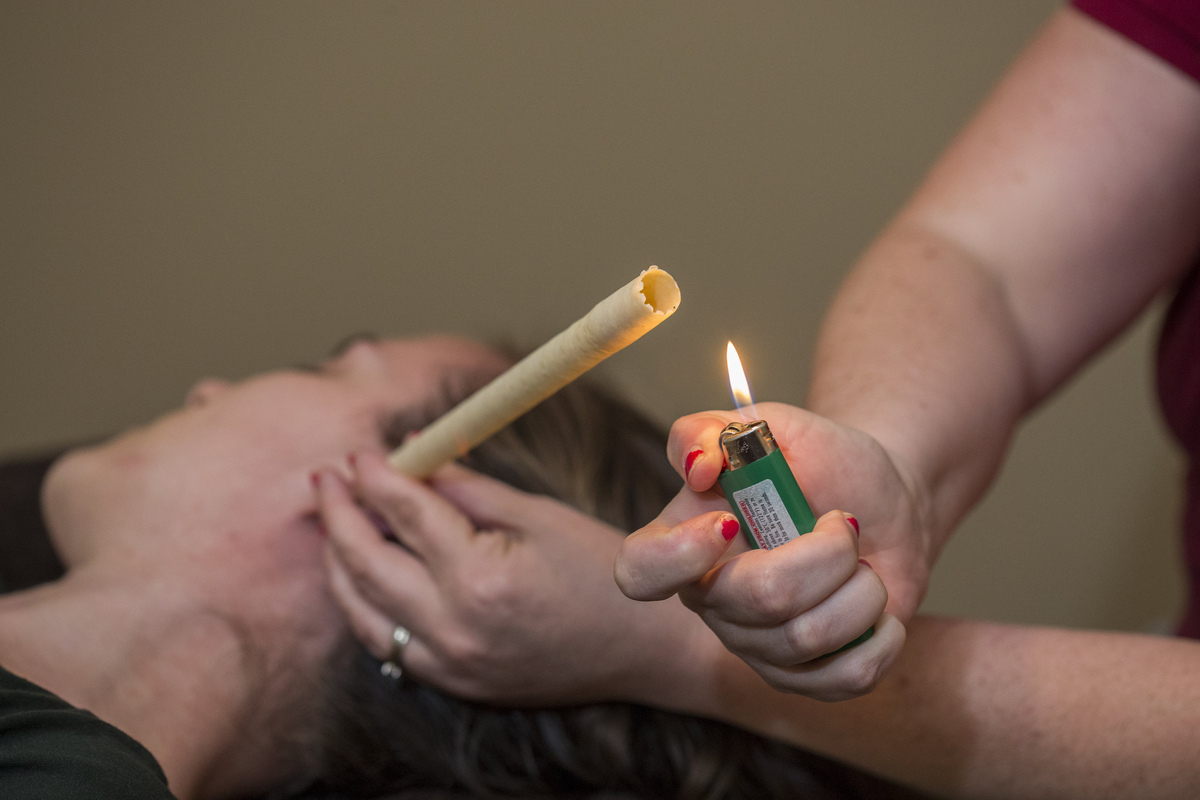

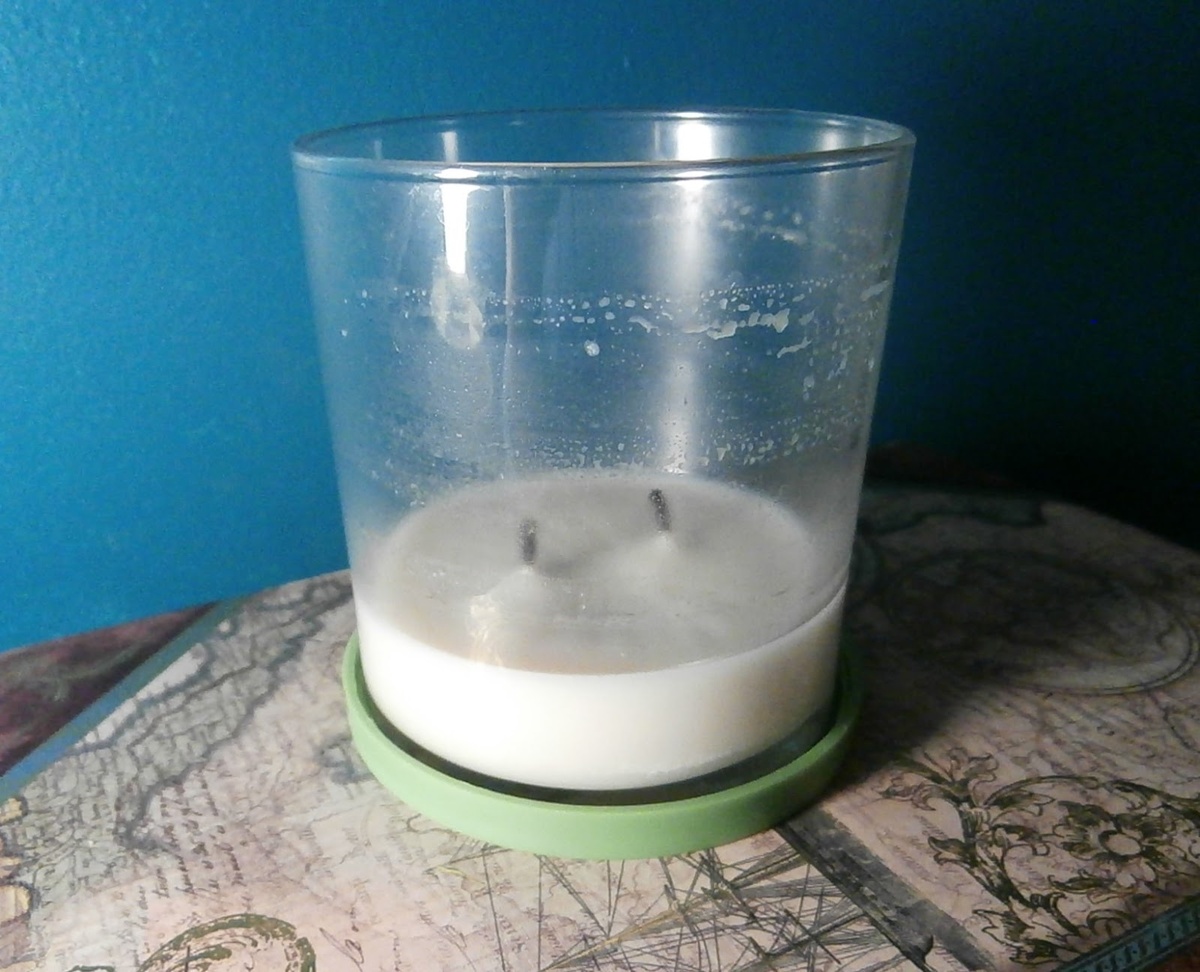

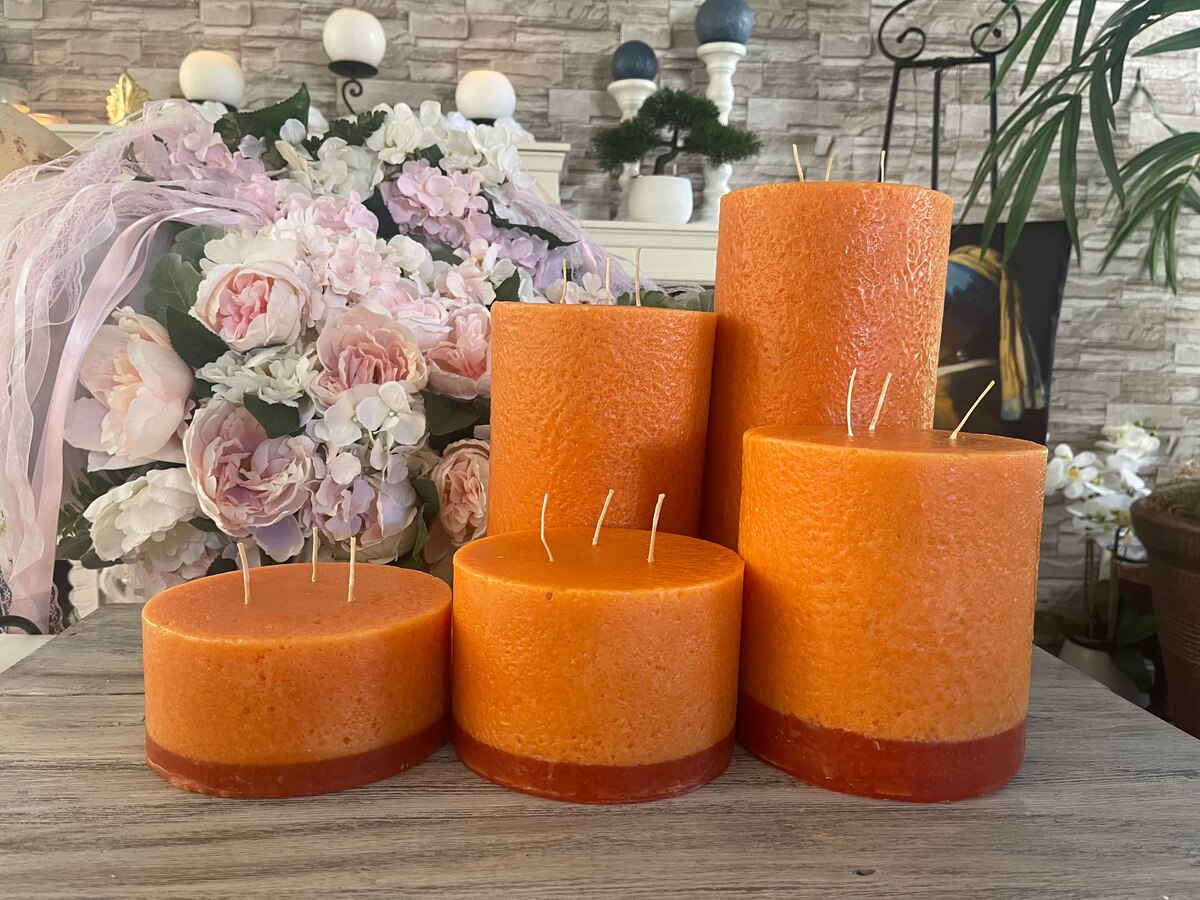


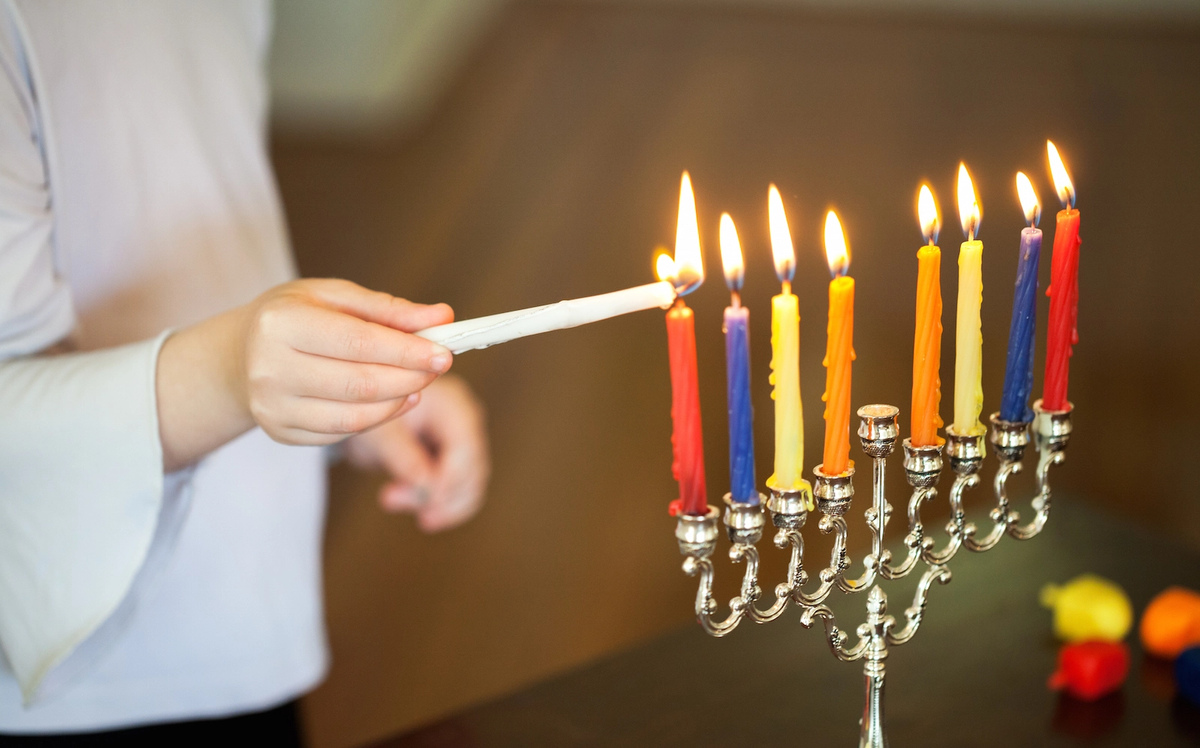
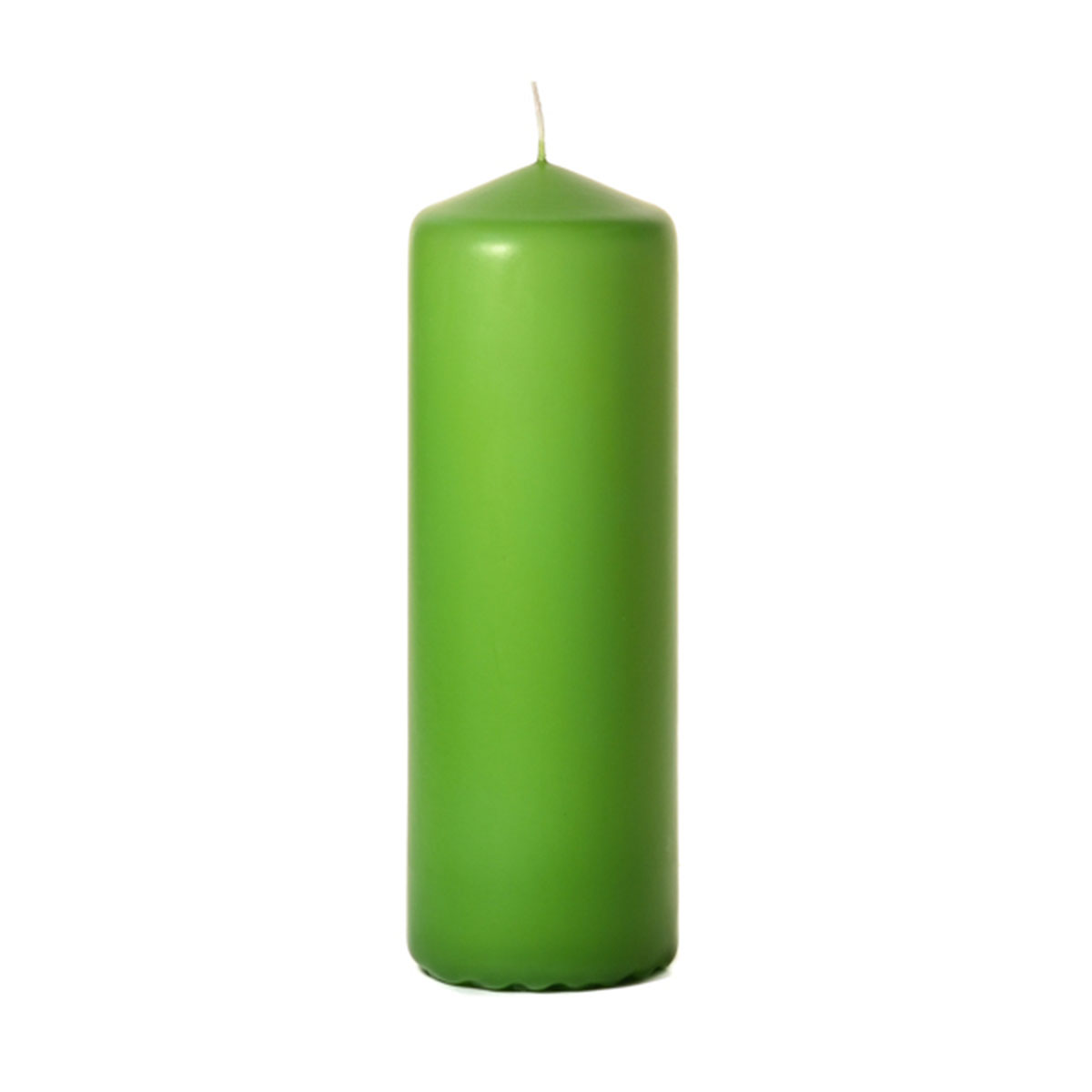
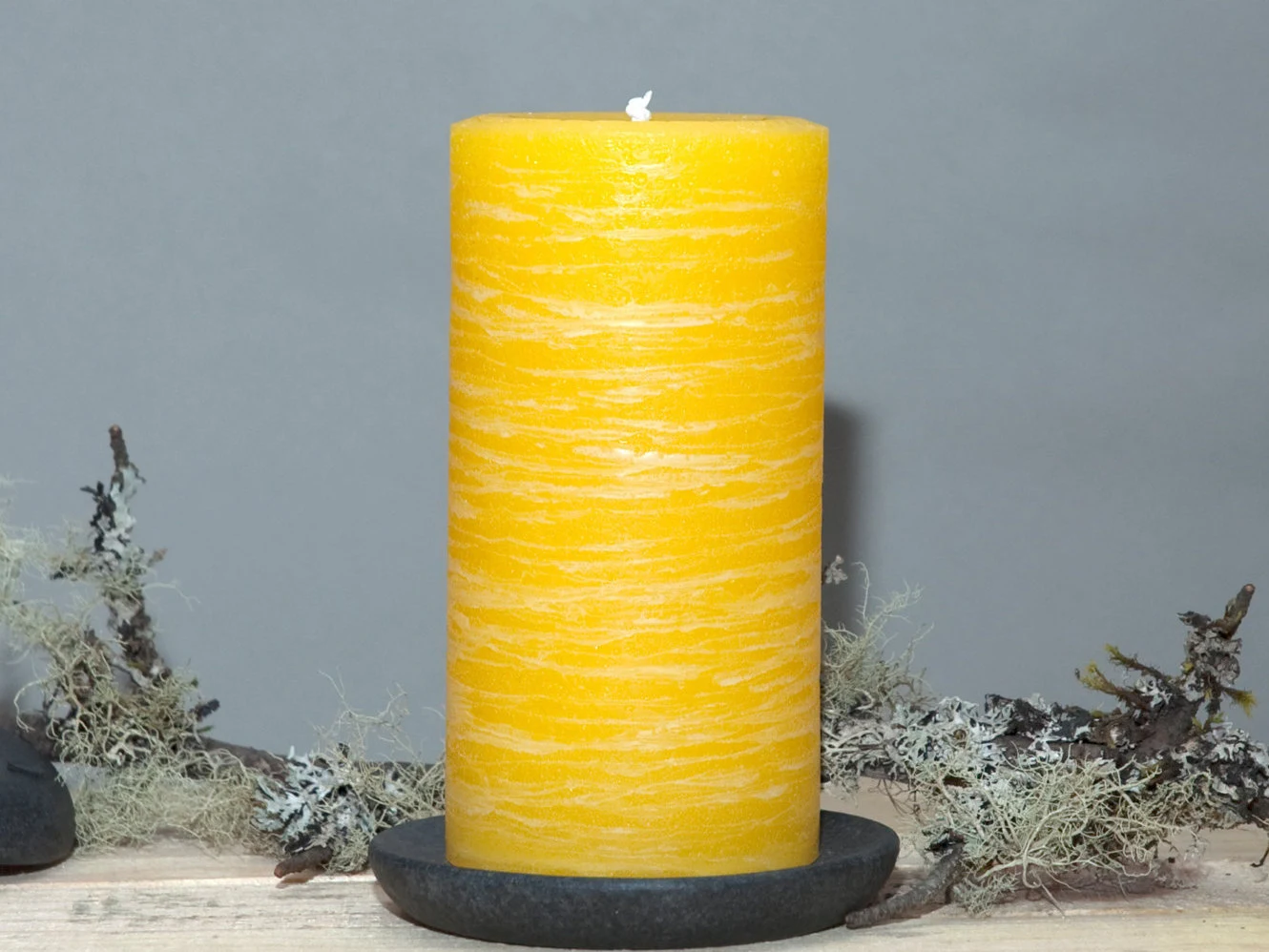
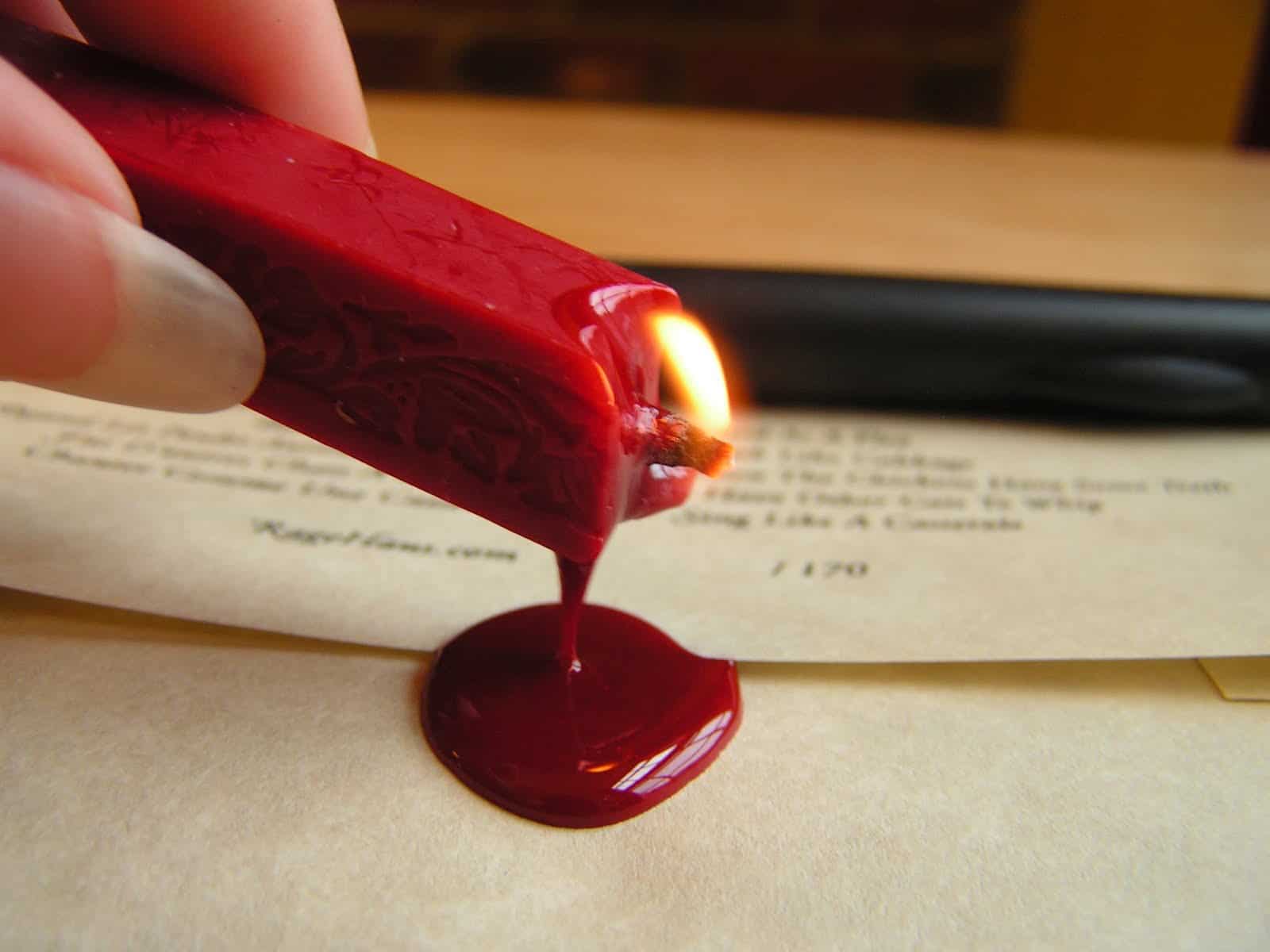



0 thoughts on “What Do Ear Candles Do”